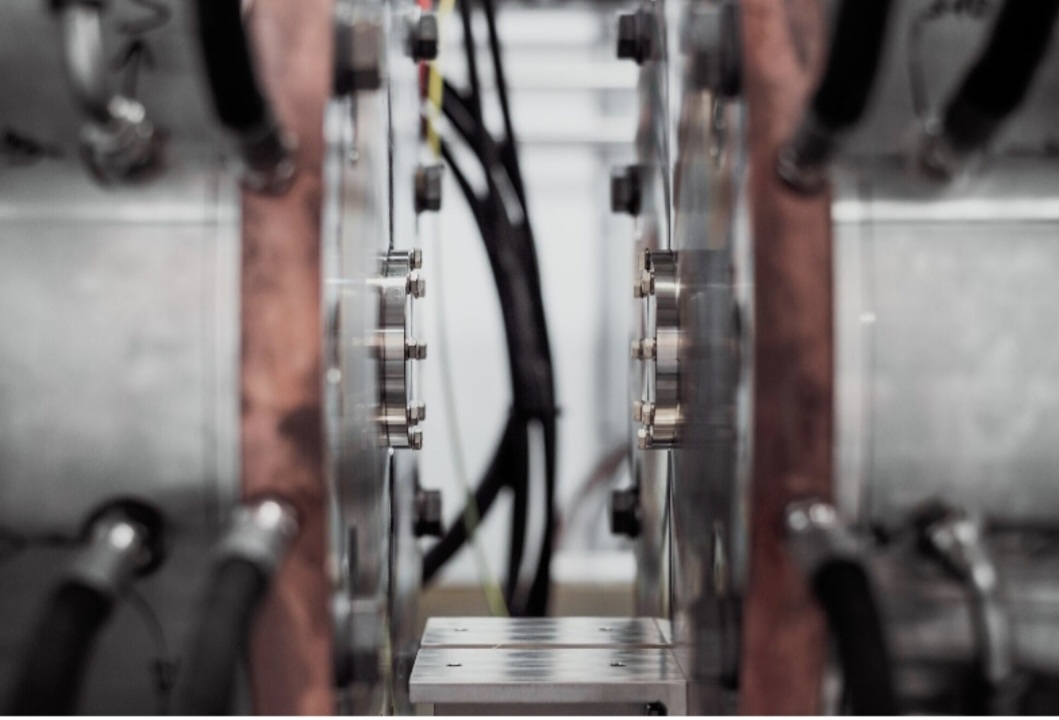Boating is an exhilarating experience, offering unparalleled freedom on the water and access to spectacular natural beauty. However, water bodies’ unpredictability necessitates a strong emphasis on safety. Whether you’re a seasoned sailor or a novice boater, ensuring you have the proper safety equipment on board is paramount. A marine shop is a treasure trove of essential gear designed to make your boating experience enjoyable and safe. The article will guide you to the safety equipment every boater should purchase from a marine shop.
Life Jackets and Personal Flotation Devices (PFDs)
Life jackets & personal flotation devices (PFDs) are non-negotiable items for every passenger on board. During emergencies, these devices can be life-saving. Selecting life jackets appropriate for the wearer’s size and weight is essential and should always be readily accessible. Modern PFDs are designed to be comfortable, allowing freedom of movement without compromising safety and encouraging passengers to wear them at all times on the water.
Fire Extinguishers
Boat fires, though rare, can spread rapidly due to the presence of fuel and other combustible materials. Having fire extinguishers on board is a critical safety measure. Marine-grade fire extinguishers are specifically designed to handle the types of fires that can occur on boats, including electrical and fuel fires. Ensure you have the correct type and number of extinguishers, as required, according to the size of your vessel.
Emergency Position Indicating Radio Beacon (EPIRB)
An EPIRB is a device that can be a lifesaver in extreme situations. It sends a distress signal to your location to search and rescue services in an emergency. For offshore adventures, this device is indispensable. Ensure it’s properly registered and understand how to activate it in an emergency.
VHF Radio
While cell phones are convenient, their reliability on the water can be limited. A Very High Frequency (VHF) radio ensures you can communicate with the Coast Guard, other boats, and marine rescue services even when out of cell phone range. It’s also vital for receiving weather updates and navigating through fog or storms.
First Aid Kit
A comprehensive marine first aid kit is essential for treating injuries until professional medical help can be reached. Your kit should include items tailored to the specific risks associated with boating, such as motion sickness tablets, waterproof bandages, and sunburn relief. Regularly inspect and refill your first aid kit to ensure all items are within their expiration dates and fully stocked.
Navigation Tools
Even if you plan to use electronic navigation tools, it is wise to have traditional navigation instruments such as charts, a compass, and a depth finder on board. Electronic devices can fail, and being able to navigate manually is a crucial skill in emergencies. Please familiarise yourself with these tools and how to use them effectively.
Waterproof Flashlights and Signalling Devices
Visibility is critical in rescue operations. Waterproof flashlights and signalling devices such as flares or strobe lights can make a significant difference if you’re stranded or in distress during low visibility conditions. These tools can help rescuers locate you more quickly, potentially saving lives.
Bilge Pumps and Bailing Devices
Water ingress is a common issue, and having efficient bilge pumps and manual bailing devices can help keep your boat afloat until you reach safety or manage the situation. Ensure your bilge pumps are in proper working order and everyone on board knows how to use the manual bailing devices.
Safety should always be the top priority when boating. Investing in high-quality, reliable safety equipment from a marine shop is an investment in your peace of mind and well-being. Before setting sail, ensure that your boat is equipped with these essential safety items and that you and your crew know how to use them. Remember, preparation is critical to ensuring everyone on board has a safe and enjoyable boating experience.
















